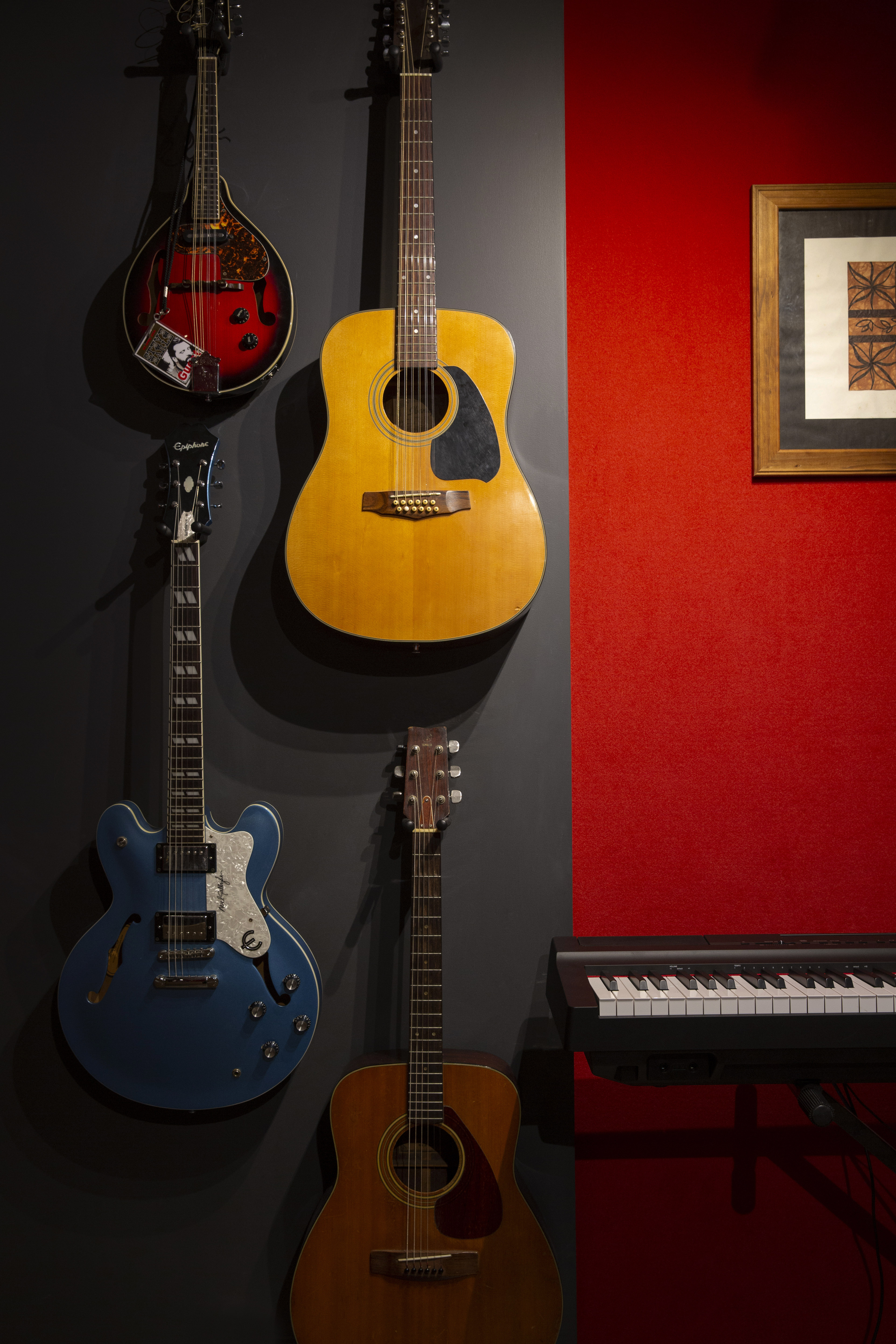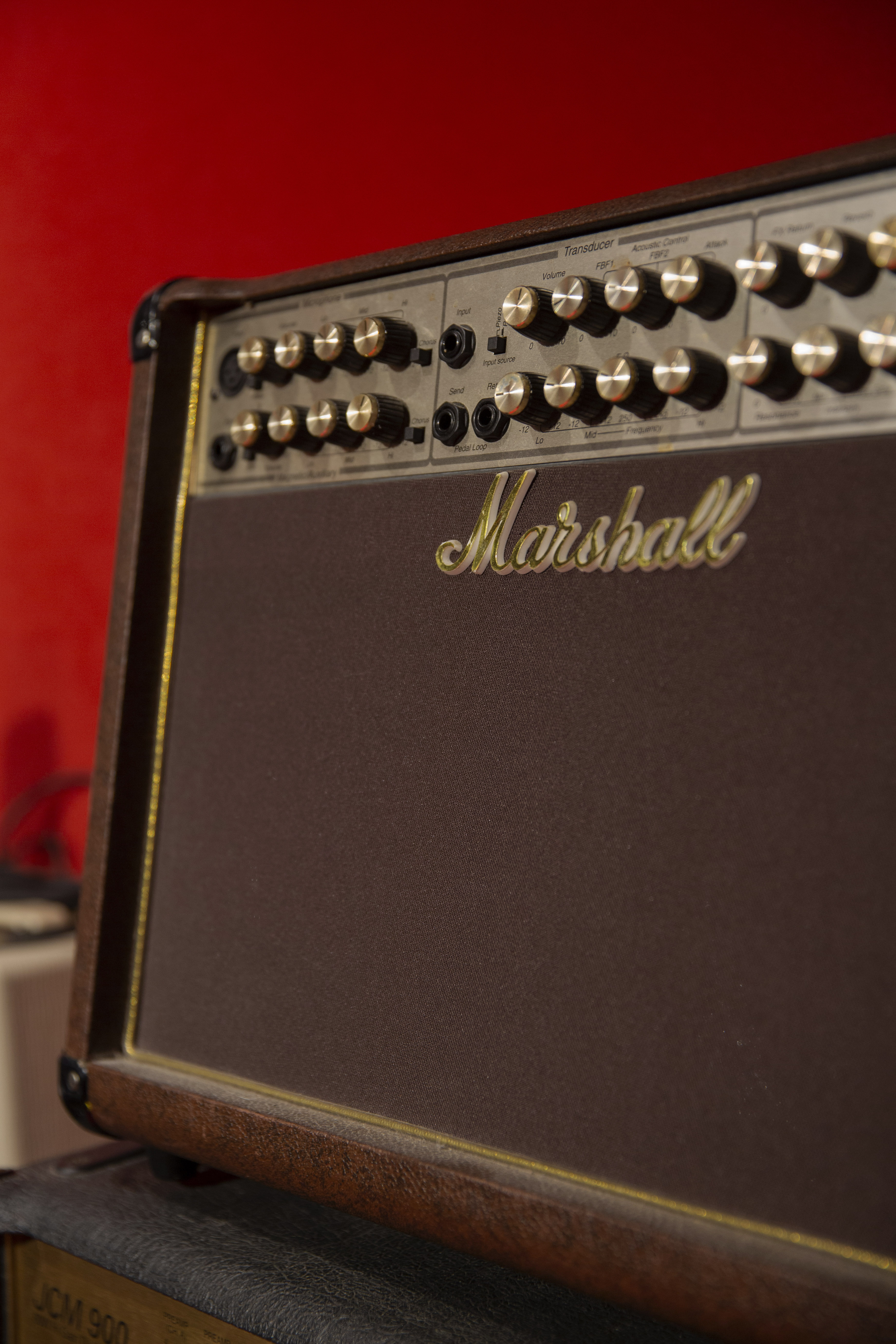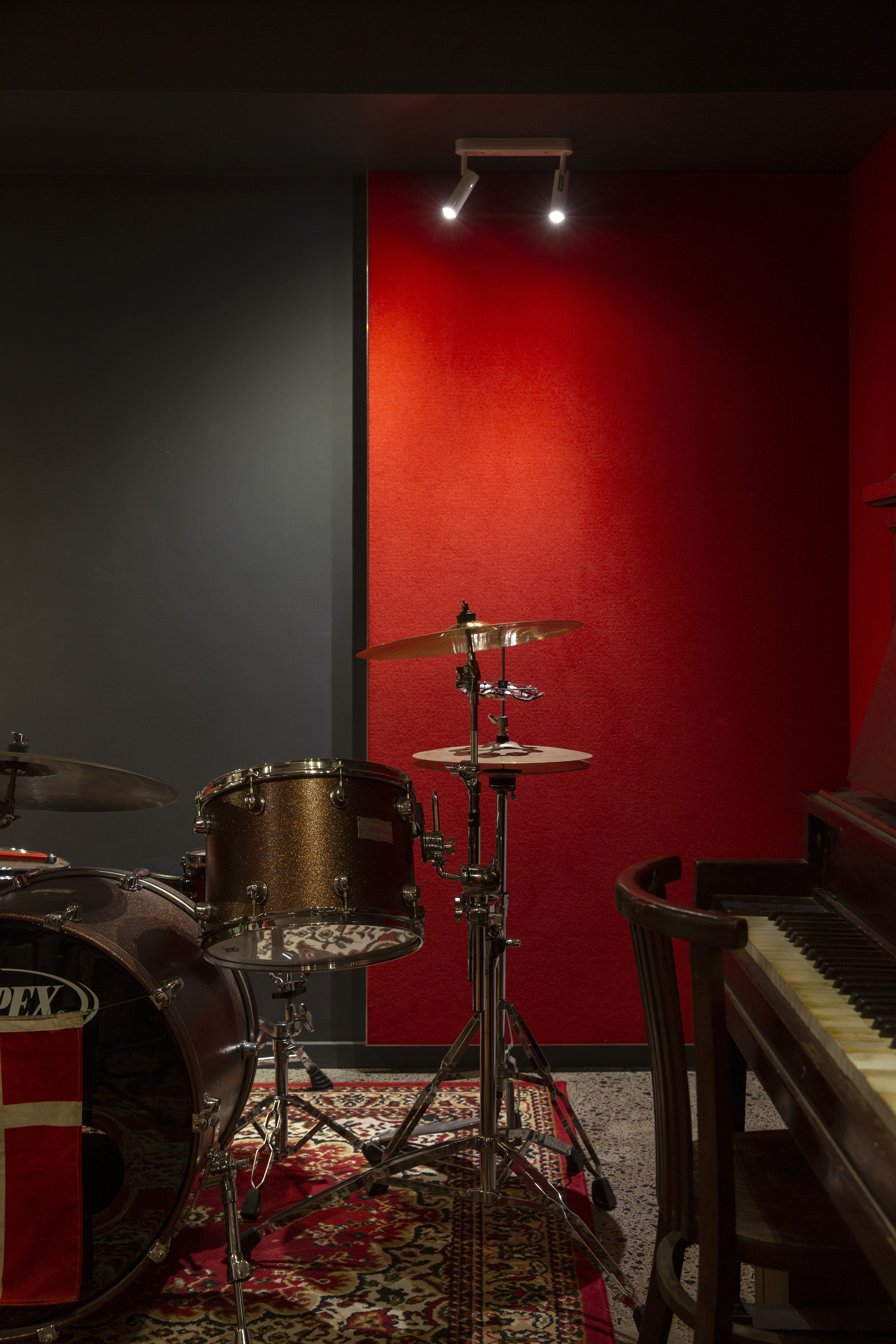Acoustic design in sensory aware spaces.
When designing a home or workspace, most people think first of the visual - how it looks, how light fills the room, how furniture and colors come together. But what about how a space sounds?
Acoustic comfort—how sound behaves within a space—is too often an afterthought in residential and office design. While it's common practice in schools, theaters, and performance venues, the importance of sound control in everyday environments is frequently underestimated. At Day Architects, we believe that good acoustic design is not a luxury—it’s a necessity, especially in sensory-aware spaces.
Sound - The Invisible Architecture
We all know the feeling: a beautifully designed room that somehow feels uncomfortable or stressful. Often, the culprit is poor acoustics. Hard surfaces that reflect sound can create echoes or amplify noise, making it difficult to concentrate or communicate clearly. In open-plan offices or modern minimalist homes, these issues are only magnified.
For people with sensory sensitivities, auditory overwhelm can be particularly challenging. Even for those without heightened sensitivities, prolonged exposure to poor sound environments can lead to fatigue, stress, and reduced productivity. Clear, comfortable acoustics support focus, ease, and connection—whether you're working, relaxing, or engaging in conversation.
Beyond the Baffles, Designing Acoustics from the Ground Up
Too often, acoustic issues are "solved" with a quick fix, foam panels added to the ceiling, or a few baffles awkwardly hung on the wall. While these can help, they’re rarely enough, and they often feel visually intrusive when added as an afterthought.
The key to effective acoustic design is integrating it from the very beginning. That means considering how sound will move through a space as part of the architectural concept—not just treating it as a technical add-on later. Ceiling heights, wall angles, surface materials, floor coverings, and even furniture layout all play a role in shaping the sound environment.
At Day Architects, we take a holistic approach to sensory design, ensuring acoustics are embedded into every stage of planning. From selecting materials that absorb and diffuse sound to designing spatial configurations that reduce noise transfer, we craft environments that are as pleasing to the ear as they are to the eye.
Beauty and Function, Hand in Hand
Importantly, acoustic design doesn't have to compromise aesthetics. With today’s materials and techniques, it’s possible to create sound-conscious spaces that are visually stunning. From elegantly integrated wall panels to sculptural ceiling treatments, form and function can coexist—and even enhance one another.
By prioritizing sound from the start, we avoid retroactive compromises and create environments where people feel comfortable, focused, and connected. It’s not just about quiet—it’s about clarity, calm, and care.
A Sensory-Aware Future
As more people recognize the value of sensory-aware design, acoustic comfort is emerging as a vital component of healthy living and working environments. It’s not just for theaters and classrooms—it belongs in our homes, our offices, our everyday lives.
At Day Architects, we’re helping clients reimagine what a space should sound like—and why that matters. Because how we hear a space is just as important as how we see it.



